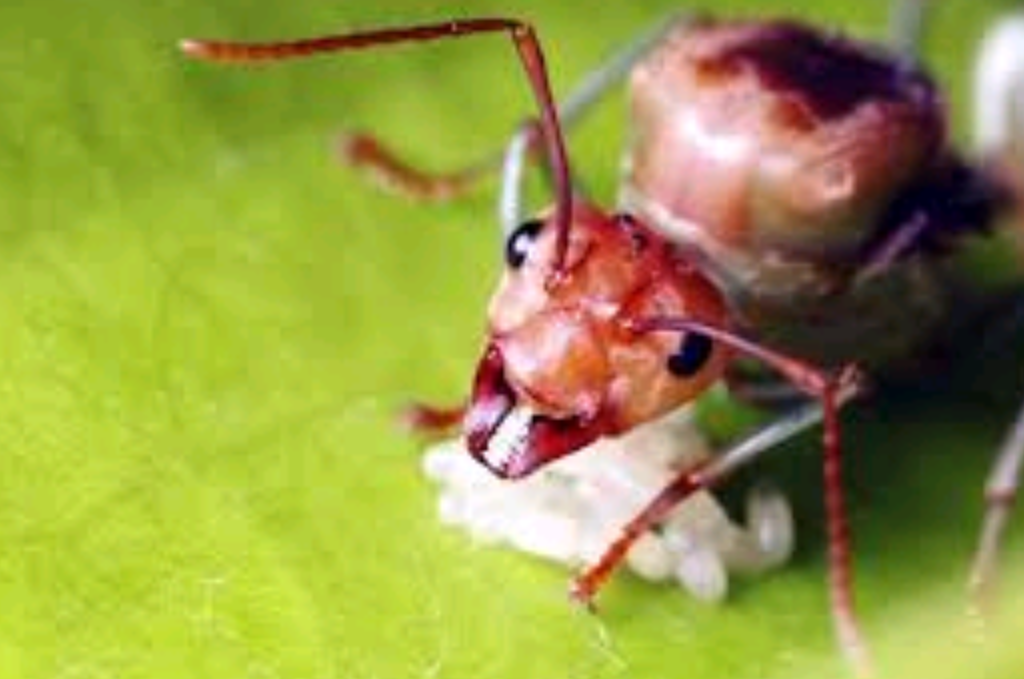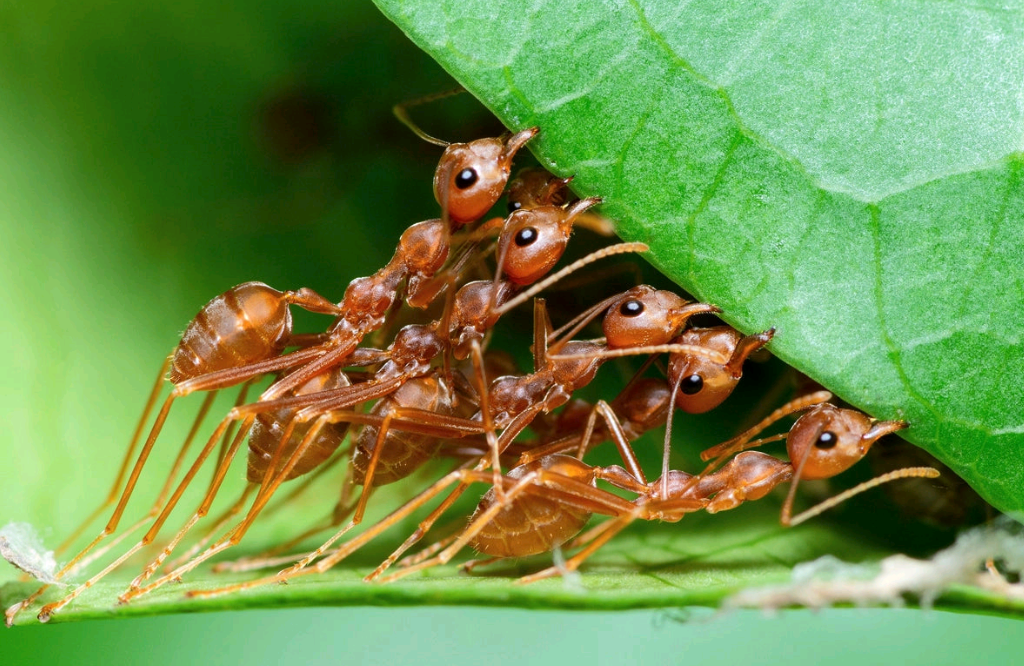
Hello everyone! I'm chizigamebelenna, and I'm beyond thrilled to join the vibrant Hive community. I hail from the beautiful state of Anambra, located in the eastern part of Nigeria. The rich cultural heritage and breathtaking natural scenery of my home state have instilled in me a profound appreciation for the beauty and diversity of our world
I was introduced to Hive by my good friend, who has been a valuable source of support and encouragement throughout my journey. I'm excited to be here and grateful for the opportunity to connect with like-minded individuals who share my passions and interests
I've heard great things about this platform, and I'm looking forward to exploring all that Hive has to offer. From the warm and welcoming community to the vast array of topics and discussions, I'm eager to dive in and be an active part of this amazing community.
As someone who loves nature, I'm passionate about exploring the world around us and discovering new ways to appreciate and protect our planet. I'm also enthusiastic about sharing my thoughts, ideas, and experiences with all of you, and I'm excited to learn from and be inspired by your unique perspectives and insights.
I'm grateful for this opportunity to express myself, share my creativity, and live my dreams. I believe that Hive offers a unique and supportive environment for individuals to grow, learn, and thrive, and I'm honored to be a part of this community.
Thanks for welcoming me to Hive! I'm excited to get started, connect with all of you, and be an active part of this amazing community. Let's grow, learn, and thrive togethe
 . As I watched, a tiny, yet fierce, ant stood its ground, protecting its precious egg from my curious gaze. The ant's small body was tense, its mandibles (jaws) snapping defiantly as it dared me to come closer.
. As I watched, a tiny, yet fierce, ant stood its ground, protecting its precious egg from my curious gaze. The ant's small body was tense, its mandibles (jaws) snapping defiantly as it dared me to come closer.
This tiny creature's bravery and selflessness were a wonder to behold. The ant's egg, a tiny, white oval, was its most precious possession, and it would stop at nothing to defend it. As I observed, the ant carefully positioned itself between the egg and me, its antennae twitching with every movement
This ant's behavior was a testament to the incredible instinctual abilities of these tiny creatures. Without hesitation, the ant sprang into action, defending its egg with a ferocity that belied its small size. This instinctual response was honed over millions of years of evolution, ensuring the survival of the ant's colony and the continuation of its genetic lineage
The ant I observed was likely a worker ant, one of the many female ants in a colony responsible for foraging, caring for young, and defending the colony. The colony itself was probably a complex, underground network of tunnels and chambers, home to thousands of individual ants. At the heart of the colony was the queen ant, the largest ant in the colony, responsible for laying eggs and ensuring the colony's survival.

The typical red ant, also known as Myrmica rubra, is a small, industrious insect that belongs to the family Formicidae. One of the most distinctive features of the red ant is its large head, which is often a deeper shade of red than the rest of its body.
The red ant's body is divided into three main sections: the head, thorax, and abdomen. The head is the largest part of the ant's body and contains its brain, eyes, and mandibles (jaws). The thorax is the middle section of the ant's body and is where its legs and wings are attached. The abdomen is the rear section of the ant's body and contains its digestive organs.
Red ants are highly social creatures that live in complex colonies with a strict caste system. Each colony is typically ruled by a single queen ant, who is responsible for laying eggs and ensuring the survival of the colony. Worker ants, which are female ants that are responsible for foraging, caring for young, and defending the colony, make up the majority of the colony's population
Red ants are omnivores, which means they eat both plants and animals. They are skilled foragers that can be found scavenging for sweet liquids, proteins, and other nutrients in gardens, kitchens, and other areas where food is present.
Red ants typically build their nests in soil, under rocks or logs, or in other hidden areas. The nests can be complex, with multiple entrances and exits, and can extend several feet underground.
- Red ants are able to lift objects that are several times their own body weight.
- Red ants are highly communicative, using chemical signals (pheromones) to convey information about food, danger, and other important events.
- Red ants are important ecological engineers, playing a key role in seed dispersal, soil turnover, and other ecosystem processes.